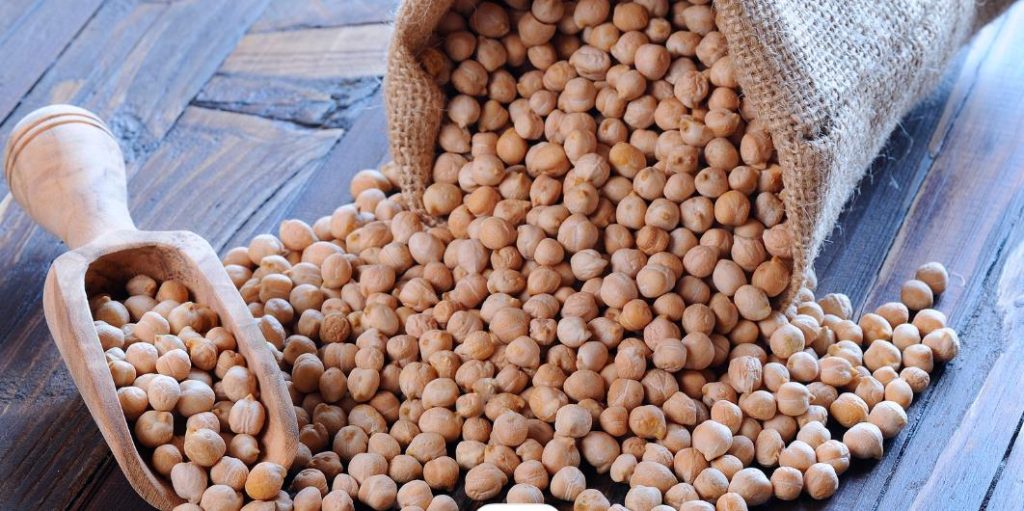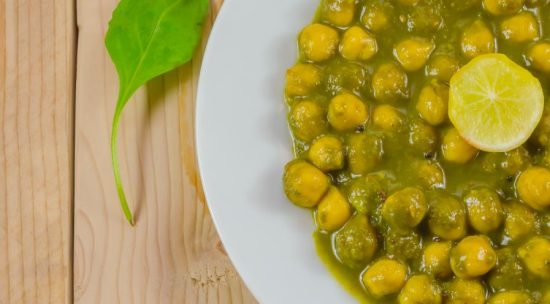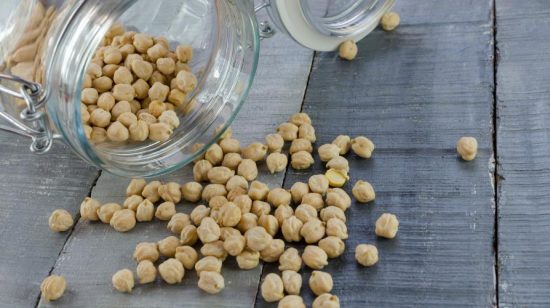Avoiding Common Mistakes: How to Safely Incorporate Chickpeas into Your Dog’s Meals

With the rising popularity of homemade and natural dog diets, many pet owners are turning to nutrient-rich ingredients like chickpeas to provide their canine companions with a healthy and varied menu. But there is a question: can dogs eat chickpeas? Chickpeas offer an array of health benefits for dogs, including being a valuable source of protein, fiber, vitamins, and minerals. However, it’s essential to introduce new foods carefully, as some mistakes in the incorporation process can lead to digestive issues or other health concerns. In this article, we will explore how to safely introduce and include chickpeas in your dog’s meals, ensuring a well-balanced and nutritious diet.
How to Safely Incorporate Chickpeas into Your Dog’s Meals?
Start Slow and Monitor
When introducing chickpeas into your dog’s diet, it’s crucial to do so gradually. Start by adding a small amount of cooked and mashed chickpeas to your dog’s regular meal. Observe their reaction and monitor their digestive health for any adverse effects. Some dogs may take time to adjust to new foods, so be patient during this transition period. If your dog shows any signs of gastrointestinal upset, such as diarrhea or vomiting, reduce or eliminate the chickpeas and consult your veterinarian.
Thoroughly Cooked Chickpeas
Raw or undercooked chickpeas can be difficult for dogs to digest and may cause gastrointestinal discomfort. Always ensure that the chickpeas are thoroughly cooked before feeding them to your dog. Cooking the chickpeas softens them and breaks down the complex starches, making the legume more digestible and safer for your furry friend to consume.
Portion Control is Key

Chickpeas should not replace your dog’s regular, balanced diet. Instead, they should complement the existing food by adding extra nutrients and variety. Chickpeas are relatively calorie-dense, so it’s essential to feed them in moderation. Incorporating chickpeas into your dog’s meals as an occasional treat or as part of a balanced recipe is recommended.
Avoid Seasonings and Additives
Plain, cooked chickpeas are the best option for your dog. Avoid adding any seasonings, spices, salt, or other additives that could be harmful to your pet. Onions, garlic, and some other common seasonings are toxic to dogs and should never be included in their meals.
Consider Mashing or Pureeing
For smaller dogs or those with dental issues, consider mashing or pureeing the chickpeas to make them easier to eat and digest. This method can also help avoid any potential choking hazards that whole chickpeas might pose.
Be Cautious with Canned Chickpeas
If you opt for canned chickpeas, make sure to choose those with no added salt or preservatives. Rinse the chickpeas thoroughly to remove excess sodium before serving to your dog. Canned chickpeas should be seen as an occasional option, and the primary preference should be given to cooked dried chickpeas.
Monitor for Allergic Reactions

While chickpeas are generally well-tolerated, some dogs may have allergies or sensitivities to them. Watch for any signs of allergic reactions, such as itching, hives, or gastrointestinal issues. If you suspect an allergy, discontinue the use of chickpeas and consult your veterinarian.
Conclusion
Incorporating chickpeas into your dog’s meals can be a healthy and nutritious addition to their diet. When done safely and responsibly, chickpeas offer a plethora of benefits for your furry friend. Remember to start slow, monitor their reaction, and consult your veterinarian if you have any concerns or questions. By following these guidelines and avoiding common mistakes, you can provide your dog with a well-balanced and varied diet that supports their overall health and well-being.





